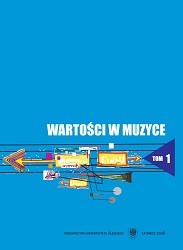
We kindly inform you that, as long as the subject affiliation of our 300.000+ articles is in progress, you might get unsufficient or no results on your third level or second level search. In this case, please broaden your search criteria.

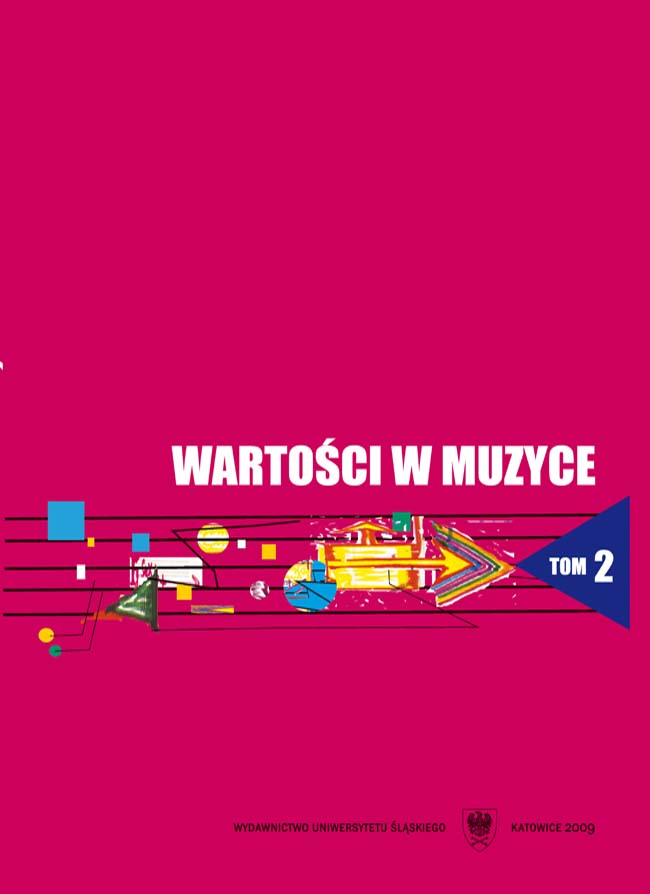
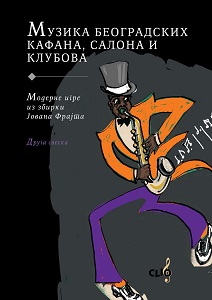
Moderne igre koje između dva svetska rata osvajaju žitelje Beograda, pojavljuju se paralelno sa ulaskom džeza u muzički život ovog grada. Frajt je objavio oko sedamdeset modernih igara i to pretežno slovenskih autora. U drugoj svesci je reprezentativan izbor od 12 modernih igara sa tekstovima među kojima značajno mesto zauzimaju FrajtovaMona Vana, pesma i tango, sa tekstom Sergeja Strahova,”Tango erotikon” Leopolda Veslovskog, sa tekstom istog autora i ”Hajdemo u separe”, čarlston sa tekstom Slavka Piatonija.
More...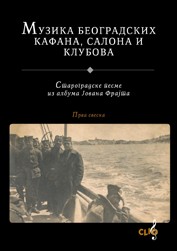
U prvoj svesci “Starogradske pesme” nalazi se izbor od deset najlepših i najpopularnijih starogradskih pesama između dva rata, među kojima posebno mesto zauzimaju”Kreće se lađa francuska”, “Tamo daleko” i ”Što se bore misli moje”.
More...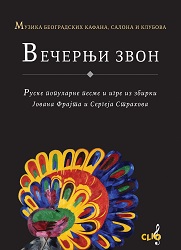
Posle Oktobarske revolucije brojni ruski umetnici emigrirali su u Kraljevinu SHS i doneli svoje narodne i zabavne pesme, koje su u srpskoj prestonici ubrzo postale veoma popularne. Srećna okolnost je bila ta da je u to vreme (od 1920.) u Beogradu već postojala velika i uticajna (najveća tada na Balkanu) izdavačka kuća Muzikalije Jovana Frajta, koja je u svoj projekat Narodna izdanja (Edition populaire) uvrstila objavljivanje te dragocene ruske, a uskoro i naše, muzičke baštine. Jovan Frajt (češki muzičar koji od 1903. živi i deluje u Beogradu kao violinista, dirigent, kompozitor i izdavač), vlasnik te izdavačke kuće, ostvaruje saradnju sa dvoje „naših“ Rusa koji su svoju umetničku karijeru izgradili u srpskoj prestonici ostavši joj verni do kraja svojih života, a to su: poznata interpretatorka ruskih i ciganskih romansi Olga Jančevecka (Brest-Litovsk,1890 – Beograd, 1978) i kompozitor i prevodilac Sergej Strahov (Moskva, 1901–Beograd,1945). U nevelik broj notnih izdanja ruskih narodnih pesama Frajt uključuje i rusku popularnu (zabavnu) muziku koju objavljuje uglavnom u vidu manjih albuma što je praktikovao i kada su bile posredi npr. makedonske, slovenačke ili dalmatinske narodne i popularne pesme. Frajt je već u prvoj godini (1920.) svog izdavaštva objavio dve ruske pesme i to u sopstvenom aranžmanu za glas i klavir: Hrizanteme i Oči čarne (EF33), a sledeće i romancu Vihažu (EF127). Najveći broj ruskih pesama Jovan Frajt je objavio 1935. godine (oko 17). Među njima su i dve najpoznatije: Crveni sarafan (EF 744) i Dve gitare (EF 744). Ova izdanja ruskih popularnih pesama za nas imaju istorijski značaj. Ona s jedne strane upotpunjuje sliku sveokupnog doprinosa ruskih emigranata na polju naše muzičke umetnosti između dva rata. S druge strane ona su pored domaćih izdanja američkih i nemačkihih autora popularne muzike bila treća dominantna, a specifična komponenta koja je uticala na formiranje i razvoj žanra popularne (šlagerske) muzike u Srbiji. U trećoj svesci iz serije Muzika beogradskih kafana, salona i klubova, naslovljenoj Večernji zvon sabrano je 37 ruskih narodnih i popularnih melodija.
More...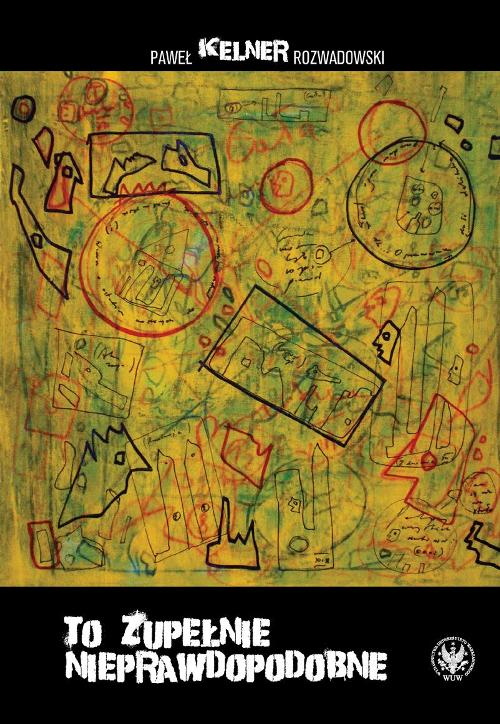
A book written by a singer, lyricist, composer, guitarist, one of the most important figures of Polish underground music. The publication perfectly reflects the atmosphere of the birth of punk and reggae in communist Poland and contains the portraits of top artists of this period.
More...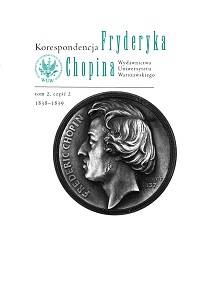
The second volume of correspondence of Fryderyk Chopin, richly illustrated with autographs of letters, including indexes, miscellanea, bibliography and biographical notes of the people related to the artist. It includes the correspondence from the composer’s youth and the time spent abroad after the fall of the November Uprising, until Chopin’s arrival in Paris in the early autumn of 1831, as well as his first regular summer stays in George Sand’s house in Nohant.
More...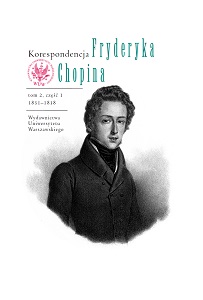
The second volume of correspondence of Fryderyk Chopin, richly illustrated with autographs of letters, including indexes, miscellanea, bibliography and biographical notes of the people related to the artist. It includes the correspondence from the composer’s youth and the time spent abroad after the fall of the November Uprising, until Chopin’s arrival in Paris in the early autumn of 1831, as well as his first regular summer stays in George Sand’s house in Nohant.
More...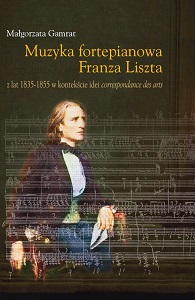
The publication devoted to Liszt’s piano works in the light of the correspondance des arts idea is a pioneering achievement in Poland, which enriches the research concerning foreign sources, mainly French and English ones. The cultural context of the period and the commentaries on literature works explore culture of 19th century France. The book contains a cultural description of the period, commentaries on literary works, which inspired Liszt, analyses of his writings and piano works as well as numerous note examples and artist’s portraits.
More...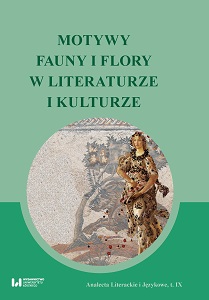
This article is an analysis of rue motives, which occurred in collection of Warmian and Masurian folk songs elaborated in 19th and 20th century. The purpose of this study was to define botanic vocabulary mentioned in folkloristic texts and to compare poetic representation of rue motif with its role in every-day-life and culture of Warmia and Masuria’s inhabitants. As it was deducted from maintained analysis, the folk output and botanic themes are a valuable source of information about identity of rural population from Warmia and Masuria territories. Utilization of rue motif in folksongs is characteristic for its strong resemblance to empiric reality, in which the plant plays a great role in every-day-life and in immaterial culture.
More...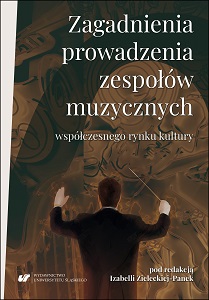
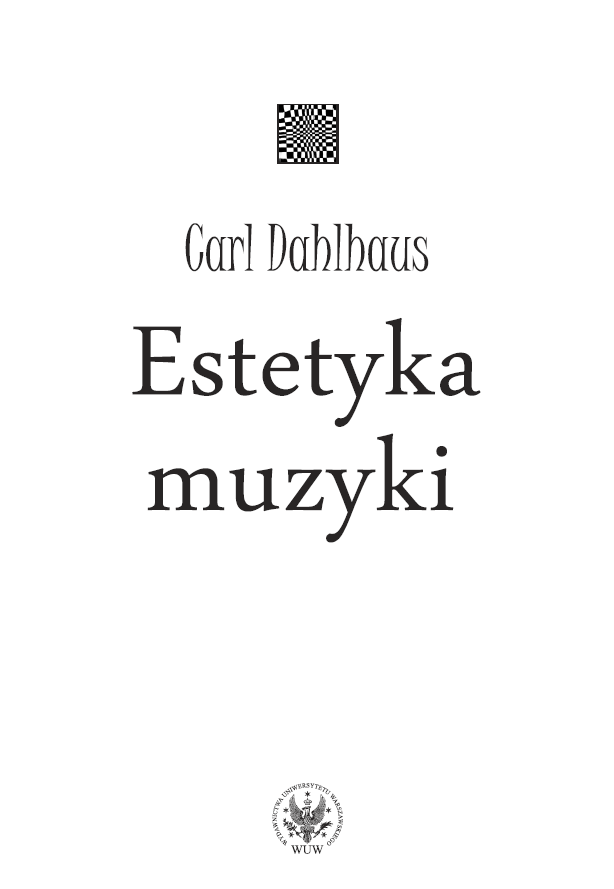
A portrayal of the fundamental issues of modern aesthetics of music related to the understanding of music as an art with autonomous artistic techniques. The author uses a systematical approach with a historical perspective, linking each topic to its origins and subsequent phases of development. He considers theoretical and aesthetic issues which had been shaping the modern musical discourse for three centuries, for example the concept of music as an analogy of verbal text, the evolution of aesthetic attitudes and the dilemma of the objectivity of judgements.
More...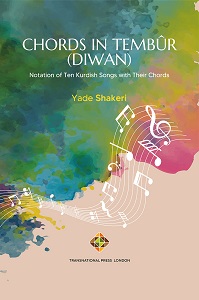
I have always had in mind to write a book on numerous performable chords on the long-neck Tembûr which is known by various names in different parts of Kurdistan; it is known as Tembûr in the northern and western Kurdistan, it is known as Diwan in the eastern Kurdistan, and in the southern part of Kurdistan it is called Saz. However, the Turkish people use the word Baghlama to refer to the above mentioned instrument. Some years ago, I strove to do something i n this field which culminated in writing a book and, due to some reasons, I refused to publish it. During the last two months, I aimed at editing and adding some supplementary parts to it. Moreover, ten Kurdish songs along with displaying their chords have been pieced together. It should be noted that the book does not include the entire Diwan chords because I have attempted to write those chords that are more used in this instrument. I hope this book will be used by art lovers and Diwan players to enable them to improve their playing techniques. I wish you enjoy playing them.
More...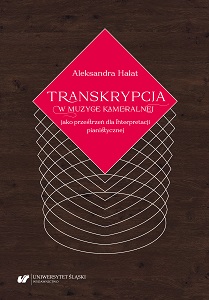
The subject of this monograph is the issue of creative development of a pianist interpretation in chamber music, with the consideration of various transcriptions. In order to fully cover the subject, the author of the paper has tried to systematize the term transcription, as well as presented the pedigree of the selected musical pieces, which are parts of works of art, in the background of chamber musical pieces of their composers: J. Brahms and D. Shostakovich. This monograph also covered the area of knowledge about the relationship between the evolution of chamber music with the accompaniment of piano and the development of the piano sound at the turn of the 18th and 19th centuries. The aspect, which was undertaken in this study - the pianist interpretation in regard to the changing performance medium in the musical piece - was presented on the sample of substantial transcription, using selected elements of the musical work: dynamics, articulation, agogic and some elements of musical expressions. The analysis of the discussed issue was presented on the basis of stylistically diverse musical pieces: Sonata in E-flat major, op. 120 No. 2 for clarinet and piano and its transcription for viola and piano, as well as the transcription for violin and historical piano, and Sonata in D minor op. 40 by D. Shostakovich for cello and piano and its transcription for double bass and piano by James Rapport. Due to the need to show the creative role of the pianist in regard to the performance and sound opportunities of the instruments, which co-interpret the chamber musical piece, selections were made within instrumental duets with the participation of both string and wind instruments. The type of the substantial transcription was used in this work as a means to show the factors contributing to the individualization of the piano playing in chamber music and to present its different face depending on the characteristics of the chosen instrument of the co-interpreter.
More...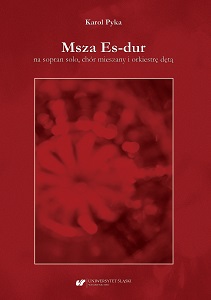
Mass in E-flat major for soprano solo, mixed choir and wind orchestra is a novelty in Polish wind orchestra repertoire. It’s also the first time the composer has employed this form. Our country’s repertoire for wind orchestras has widened its scope, which is a positive aspect of the cultural activity of such bands, and the composition in question might contribute to this phenomenon. The work comprises of sections corresponding to the Catholic liturgy: Kyrie, Gloria, Credo, Sanctus, Benedictus, Agnus Dei, and each of them contains classical Latin texts. The work embraces the whole gamut of sounds – both orchestral and choral – and exposes the vocals of the soloist.
More...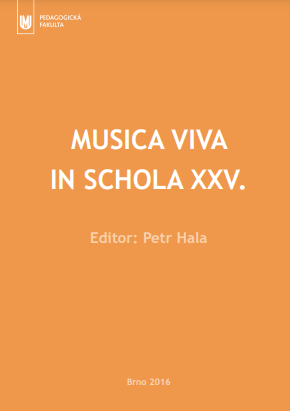
The contribution is focused on a specific area of artistic work of a noted Czech film director Vladimír Sís, which is represented by music visualizations. Generally, these are documentary films made on basis of compositions by famous Czech and foreign composers. In the introduction a short Sís’s biography is outlined. It is followed by an informative overview of various kinds of music film in consideration of certain genres such as music visualizations and documentaries. Afterwards there is a presentation of Sís’s film Antonín Dvořák: Symfonie č. 9 e moll. op. 95 „Z Nového světa“ (Symphony No. 9 „From the New World“), that is preceded by a brief description of the original intention of the director, the popularization of classical music. The aim of the contribution is to open up the possibility of discussing about Vladimír Sís’s work and the educational aspects of music visualizations and film in general.
More...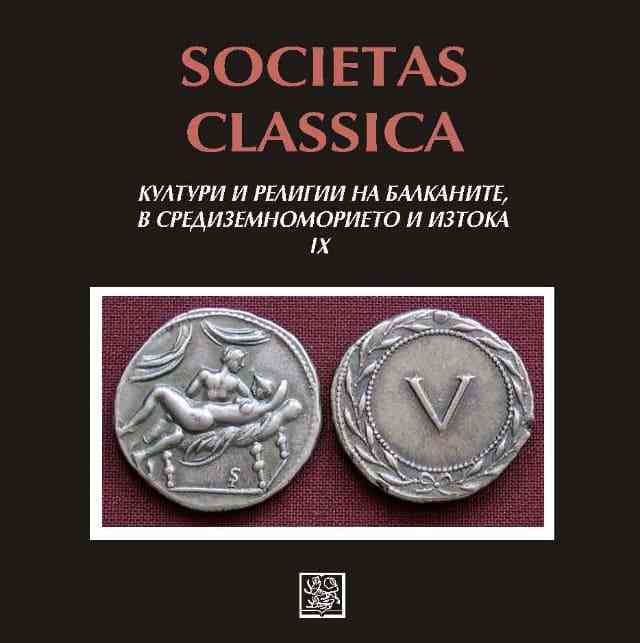
Rebetiko music lies at the intersection of East and West. The “Greek Blues”, as it is often referred to, emerged from the hash dens and prison cells of Greece around the beginning of the 20th century. Through the life story (as presented in the documentary My Sweet Canary directed by Israeli film director Roy Sher) of notable rebetiko singer Roza Eskenazi, a vanished world is evoked and its influences today followed. „Roza Eshkenazi, the most famous singer of 1930s Greece, the Diva of Rebetiko, with her posters displayed in every gramophone store, with her bohemian looks would drive even the toughest men crazy”, asserts Thessaloniki writer Dinos Christianopoulos in his short story ‘Roza’. Roza Eskenazi sang and lived with passion, fire and love. The origins of rebetiko – a musical style emerging in urban surroundings typical for commercially developed port cities (and distantly related to Buenos Aires milongas and ‘blatnye’ songs of the Odessa underworld), is inextricably related to the cultural and economic progress of Smyrna during the mid-to late 19th century. Rebetiko music as it evolved in this cosmopolitan city received both western and Oriental influences: Italianate mandolin ensembles and violin solos, as well as indigenous instrumentation (santouri, oud) characteristic of the Levant. In the wake of traumatic 1914–1922 events culminating in the Asia Minor Catastrophe, these songs were brought by Greek Orthodox refugees to almost all the major urban areas of metropolitan Greece, especially Athens, Piraeus and Thessaloniki, and also flourished amongst the remaining Greeks of Constantinople. Rebetiko music also accompanied Greek emigrants overseas, particularly to America, leaving a valuable legacy of unique archival recordings from the 1920s and 1930s. The paper will trace the history of rebetiko studies by ethnomusicologists, such as the Greek intellectual Ilias Petropoulos, and the Australian researcher Gail Holst who spent years in Greece amongst rebetiko musicians playing with them. Light will be shed upon the main music instruments used in rebetiko ensembles, places where this music was performed, the social impact of the rebetic way of life and the reaction of mainstream society (especially the 1930s Metaxas dictatorship and the military junta 1967–1974) to these musicians’ nonconformist and often underground lifestyle. Roza Eshkenazi’s biography, starting from her Sephardic Jewish origins in Istanbul and Thessaloniki and debut in Athens – where she attained fame by the late 1920s, becoming the most recorded rebetiko performer, with more than 500 sides sung in Greek, Turkish and Ladino – up to the tragic end of her life, will illustrate the history of a music genre still alive and popular in Greece, while gaining ever more admirers in Turkey, Israel, Australia, Germany, the USA, Sweden and elsewhere.
More...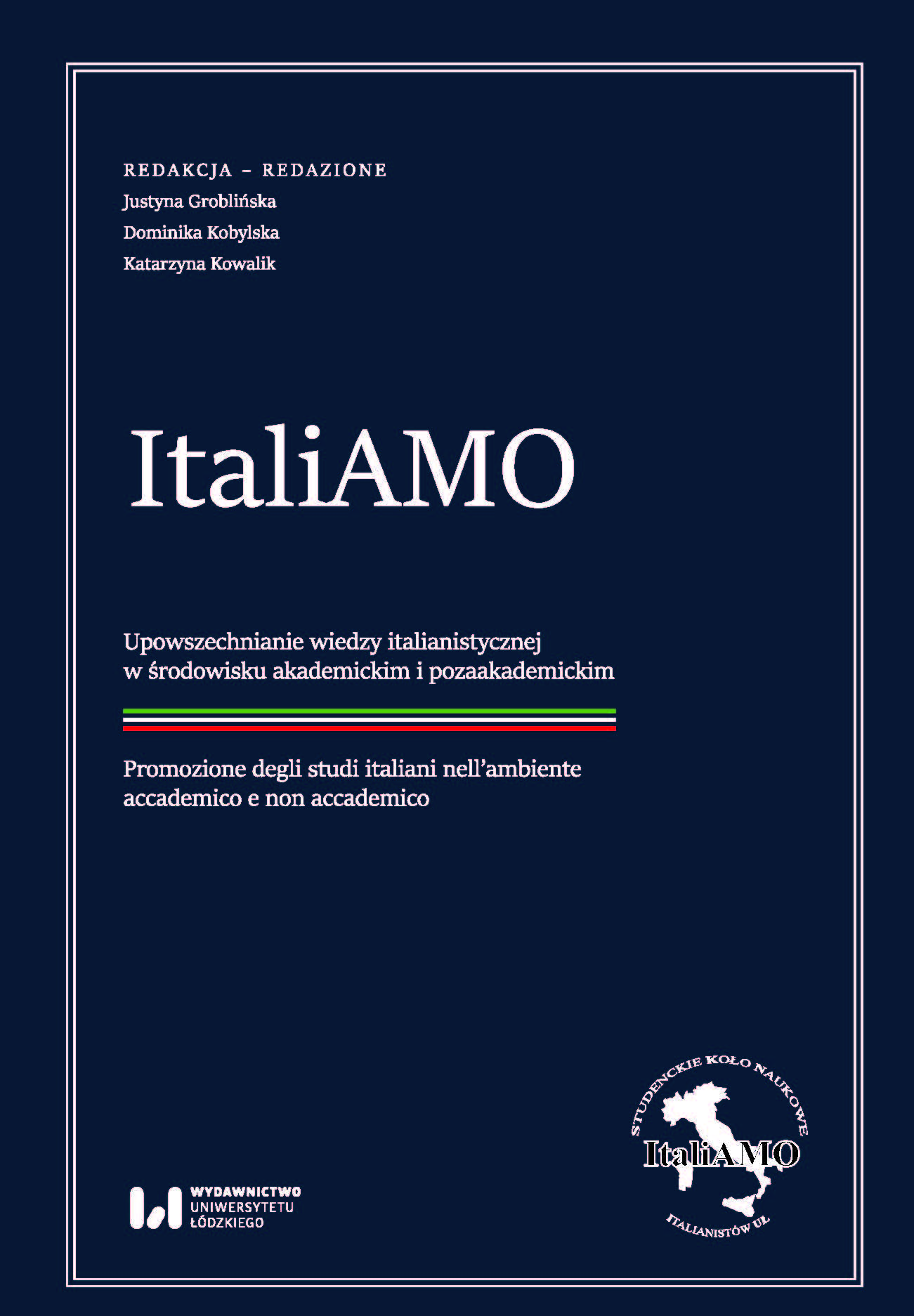
The paper shows the history of chosen Italian opera’s masterpieces, which didn’t get recognition of the audience and of the critics in the very moment of their creation. The authoress concentrates on the circumstances of their stage exhibition, on the contemporary reactions and on their reception evolving over time.
More...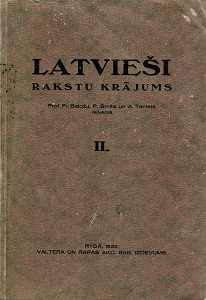
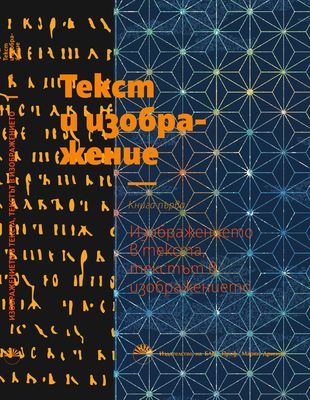
“The Spotted Bird” [“Pastrata Ptitsa”] is the most vivid political protest in Bulgarian opera art at the end of the 1970s and the beginning of the 1980s. In this form of theatrе, Simeon Pironkov manages to intertwine satirical intent with an absurdist perspective on the communist system. Quotation and quasi-quotation hold a central place in the dramaturgy of the pluralistic and collage-style opera. The collage technique, quasi-quotations, allusions, and the interplay of meaning/ meaninglessness in the layering of text and music form the core of the composer’s language in “The Spotted Bird”. This connects Pironkov’s satirical opera to the tradition of music-theatrical works based on the idea of multi-textuality, such as Reiner Bredemeyer’s “Candide” (1982) in East Germany, György Ligeti’s “Le Grand Macabre” (1977), and Bernd Alois Zimmermann’s “Die Soldaten” (1965), whose pluralistic language offers a novel, specific interpretation of opera. The language of “The Spotted Bird” is saturated with various types of quasiquotation. This enriches its dramaturgical layers with different kinds of metaphors and polytextuality, expressing Pironkov’s political protest. In “The Spotted Bird”, the composer employs quasi-quotations and allusions, with particular emphasis on parodying and quoting the language of officialdom. These elements also form the foundation of his vision for a music-theatre project infused with aspects of the “theatre of the absurd”. Pironkov’s project refers to his original concept of quasi-quotations, quasi-collages and allusions that with continuous disharmony/ irony parody and overlay the idioms of official opera and the musical vocabulary of socialist realism. The dramaturgical action in “The Spotted Bird” is constructed as a labyrinth of reflected/ideological meaning-games. In this opera, the composer brings to life a fantasy picture of political allegory: it is a parable about “The First” (the Sultan); the guards (the Politburo), the soldiers (State Security); the maidens, and a collective “image of the people”. The entire dramaturgical structure embodies “duality”. Thus, the labyrinthine construction of the opera’s action corresponds to the message of “duality”, the consubstantiality of the ideologeme. It is a kind of projection, an image/reflection of a futile dilemma, of the hopelessness of the ideological world. Consequently, both in structure and parody – on a linguistic level and in the parody of the genre itself – Pironkov creates an anti-utopian opera aimed against the totalitarian system. “The Spotted Bird” premiered on stage in 1980 in Ruse, followed by a performance in Sofia in 1981. It has not been staged since. Both the composer and thе conductor, as well as the director (Margarita Mladenova), were unequivocal and clear in their social and political message. The work stands as a significant phenomenon among dissident opuses and operas ridiculing communism and the totalitarian system in Eastern Europe
More...